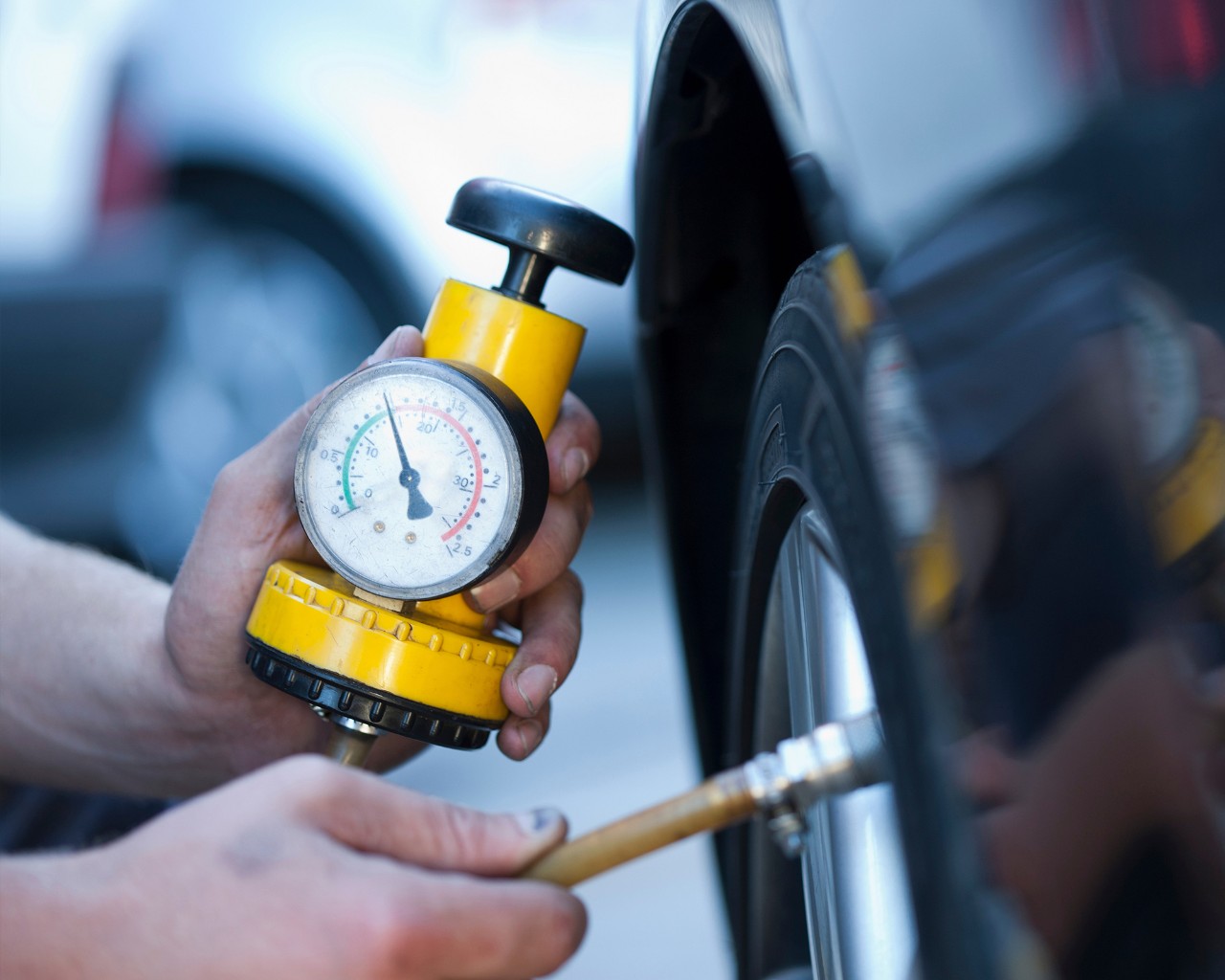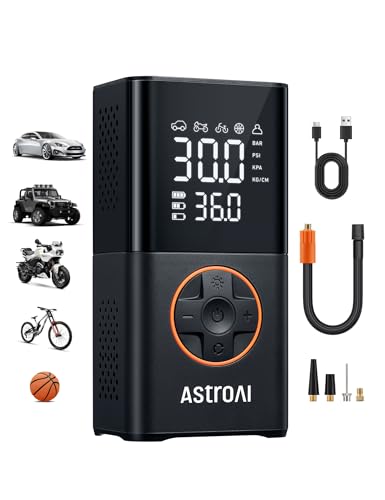What is the Meaning of Tire Inflation: Essential Insights
Tire inflation refers to the amount of air pressure inside your vehicle’s tires. It plays a big role in how your car drives, how safe you are, and how much fuel you use. When tires are properly inflated, they perform better. This helps keep you and your passengers safe.
Why is Tire Inflation Important?
Proper tire inflation is very important for several reasons:
- Safety: Under-inflated tires can cause blowouts. This can lead to accidents.
- Fuel Efficiency: Correctly inflated tires improve gas mileage. This saves you money.
- Tire Longevity: Proper inflation helps tires last longer. This means fewer replacements.
- Better Handling: Well-inflated tires provide better grip. This helps with steering and braking.
What Happens When Tires are Under-Inflated?
When tires are not inflated enough, several problems can occur:
- Increased Wear: The edges of the tire wear out faster.
- Poor Fuel Economy: Your car uses more fuel.
- Risk of Blowouts: Under-inflated tires can burst.
- Poor Handling: The car may feel wobbly or hard to control.
What Happens When Tires are Over-Inflated?
Over-inflated tires can also cause issues:
- Reduced Grip: The contact with the road decreases.
- Uneven Wear: The center of the tire wears out faster.
- Risk of Damage: Over-inflation can lead to tire bursts.
- Harsh Ride: The car may feel bumpy and uncomfortable.
How to Check Tire Pressure
Checking your tire pressure is easy. Follow these steps:
- Get a tire pressure gauge. You can find one at any auto store.
- Remove the valve cap from the tire.
- Press the gauge onto the valve stem. Make sure it fits snugly.
- Read the pressure on the gauge. Compare it to the recommended pressure.
- If needed, add air or let some out.
Where to Find the Recommended Tire Pressure
The recommended tire pressure is usually found:
- On a sticker inside the driver’s door.
- In the owner’s manual of your car.
- On the tire itself, but this may show maximum pressure.
How to Inflate Tires
Inflating tires is a simple process:
- Locate an air pump. You can find one at gas stations.
- Remove the valve cap from the tire.
- Attach the air hose to the valve stem.
- Fill the tire until it reaches the recommended pressure.
- Remove the air hose and replace the valve cap.
Best Practices for Tire Inflation
To keep your tires in good shape, follow these best practices:
- Check Monthly: Make it a habit to check your tire pressure every month.
- Check Before Long Trips: Always check before a long drive.
- Use a Reliable Gauge: Ensure your tire pressure gauge is accurate.
- Don’t Over-Inflate: Follow the recommended pressure carefully.
Frequently Asked Questions
What Is Tire Inflation?
Tire inflation refers to the process of filling tires with air to the recommended pressure level for optimal performance.
Why Is Tire Inflation Important?
Proper tire inflation ensures safety, improves fuel efficiency, and enhances tire lifespan, leading to a smoother driving experience.
How Often Should I Check Tire Inflation?
Check tire inflation at least once a month or before long trips to ensure tires are properly inflated.
What Happens With Low Tire Inflation?
Low tire inflation can cause poor handling, increased tire wear, and reduced fuel efficiency, creating safety hazards.
Conclusion
Tire inflation is a crucial aspect of vehicle safety and performance. Knowing how to check and maintain the right tire pressure can save you money and keep you safe on the road. Remember to check your tires regularly. Proper tire inflation can help you have a smoother ride and ensure your car runs efficiently.


Additional Resources
For more information on tire care, check these resources:
- National Highway Traffic Safety Administration
- Tire Industry Association
- Consumer Reports on Tire Safety
By understanding tire inflation, you can enhance your driving experience. Stay safe and keep your vehicle in top shape!






